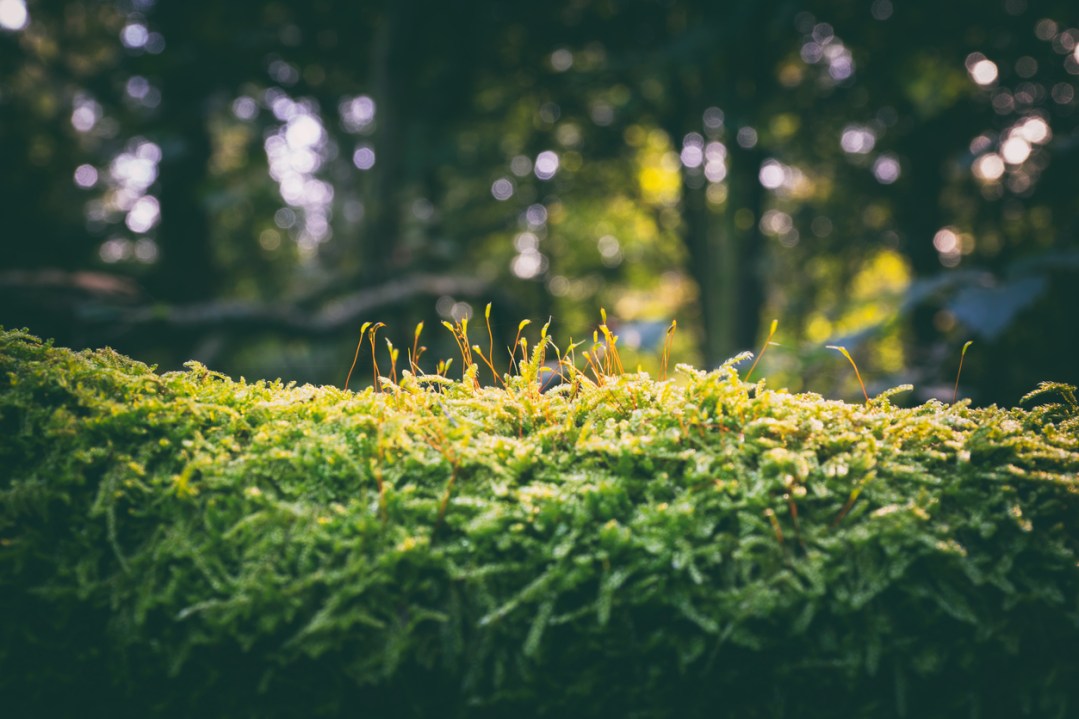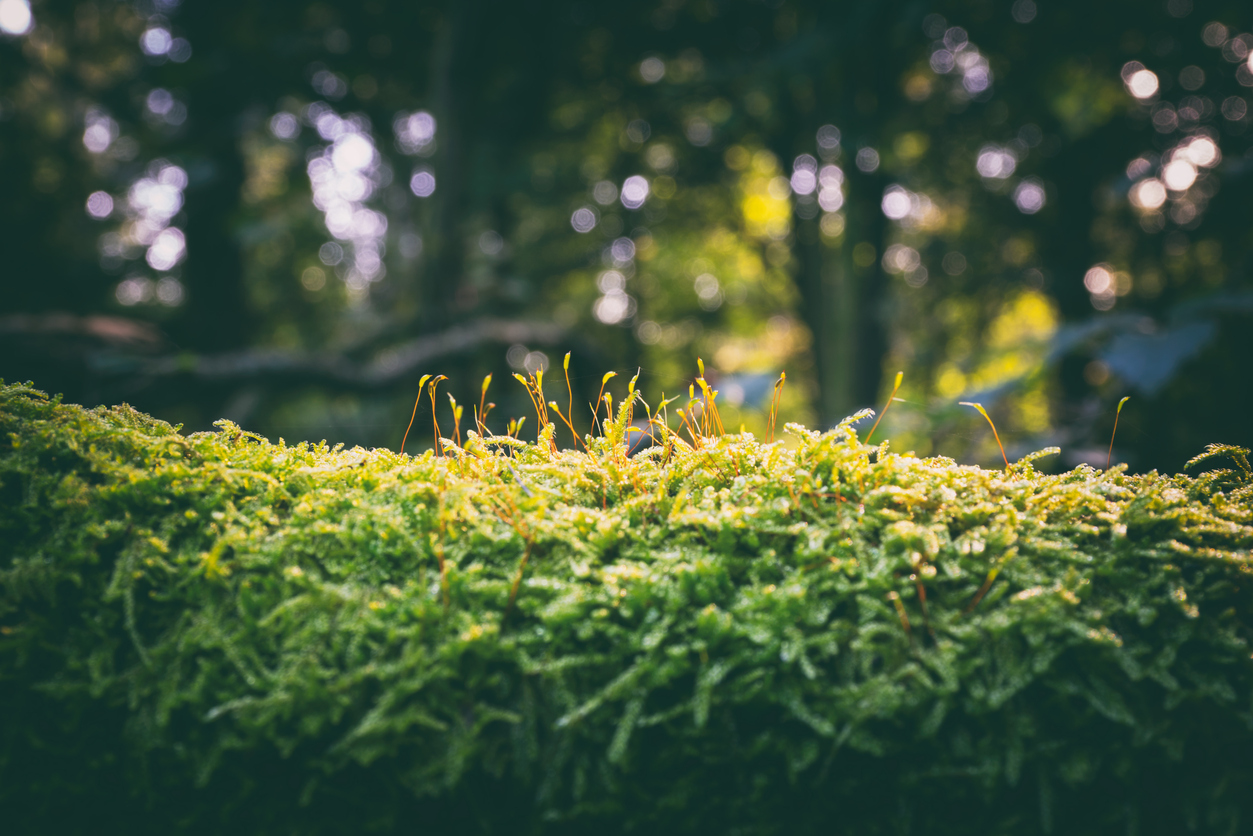Did you know that an expert on mosses is called a bryologist? And did you know that there are 754 species of moss in The British Isles? No? Well then you can be forgiven for not knowing that my brother, Mark, I write with pride, recently discovered another moss – number 755 – new not only to The British Isles but also to science.
Only about 40 naturalists actively study mosses in Britain
Poking around along the banks of the River Camlad (the only river, I’m told, that flows from England into Wales) in Montgomeryshire, Mark came across an unfamiliar plant growing in dispersed patches on a riverbank at the edge of a pasture. Protocol requires that if, after taking a specimen home and examining it under the microscope, the bryologist cannot identify a moss, they send it to the county recorder. Since Mark is the county recorder for Montgomeryshire, he moved straight to stage two: send the moss to the national referee.
The national referee, also baffled, sent it to the world expert in the Czech Republic who after sequencing nucleotides in the plant’s DNA declared it new to science: a hitherto unknown species. Tradition suggests that in these cases the finder of the new species gets naming rights, but apparently it’s now considered bad form to name a new species after yourself (personally I had always thought that was the main point). So it’s called Tridontium camladense (‘Tridontium’ being the genus, ‘camladense’ in honour of the river by which it was first found). Mark has form in this kind of thing. In 2008 he waded into the River Eden in Cumbria and found a moss previously known in Britain only from a single rock, nearly two hundred miles away in the Derbyshire Dales.
If you want to make such discoveries, Mark has a number of recommendations. The first, and indeed the Lawley family motto, is: never join a queue. More than a million people watch birds in Britain and thousands record flowering plants. Yet only about 40 naturalists actively study mosses in Britain. So you’re far more likely to find a rare moss than you are to find a new flower or bird.
Don’t fancy mosses? Rothschild and Clay, authors of the much-praised work on bird parasites, Fleas, Flukes and Cuckoos, wrote, ‘Anyone who cares to… can turn up a “new”, undescribed [larval fluke] with an unknown life history every day of the year.’ (Yep, OK, agreed; let’s stick to mosses.)
Second, look in places where others don’t. Many naturalists neglect riverbanks because they’re slippery and dangerous. But riverbanks can yield startling results. In 1890, for example, Arthur Weyman, a solicitor at Ludlow found the rare moss Cinclidotus riparius new to Britain in the River Teme: it’s still only known in Britain from one short stretch of the Teme. While everyone else walks around the river or over it or alongside it, Weyman walked straight into it and that made all the difference. More recently entomologists have realised that numerous rare or little-known insects are restricted to riverbanks.
Third: look in likely places. The River Camlad’s banks look much like those of many other watercourses, yet the Camlad has previous for producing unexpected botanical interest: in 1632 George Bowles found the flowering plant Touch-me-not Balsam new to Britain upstream from where Tridontium camladense grows.
Finally: be patient. There’s an old joke… The vicar, coming down the road, meets Mrs Goggins pushing a pram with two babies in it: ‘Oh, Mrs Goggins! Well done! Twins, I see! Twins again! Do you always have twins?’ – ‘Oh no, Reverend, lots of times we don’t have anything.’ Well, lots of times you won’t find a new species.







Comments